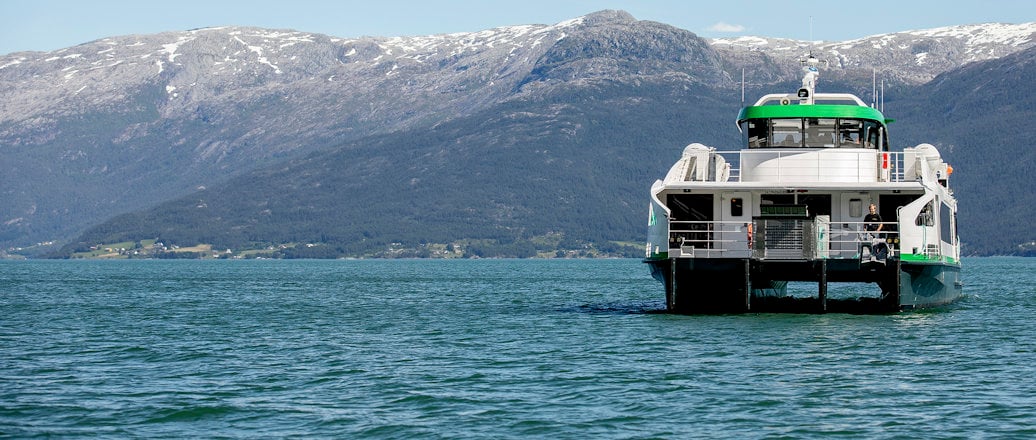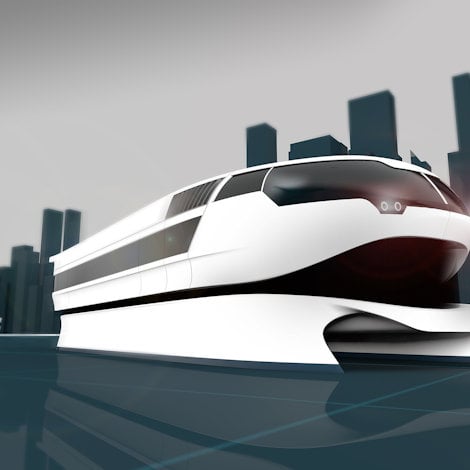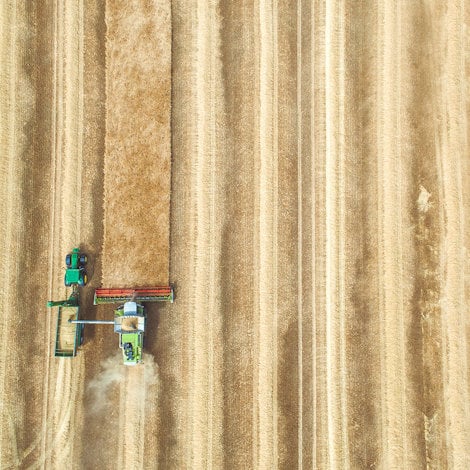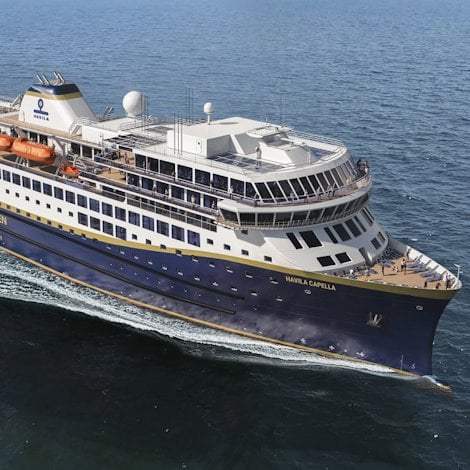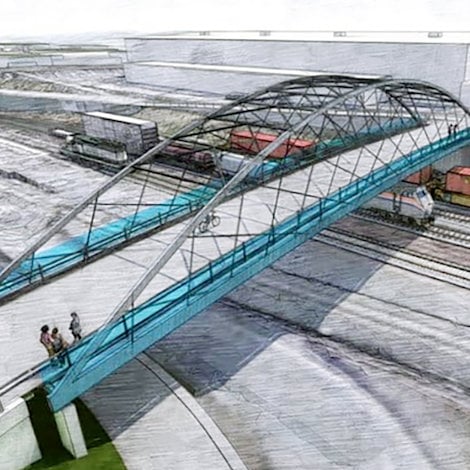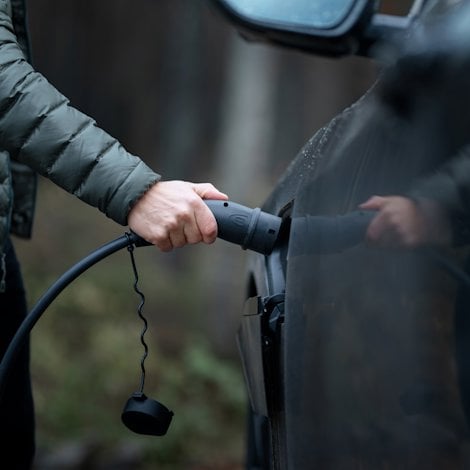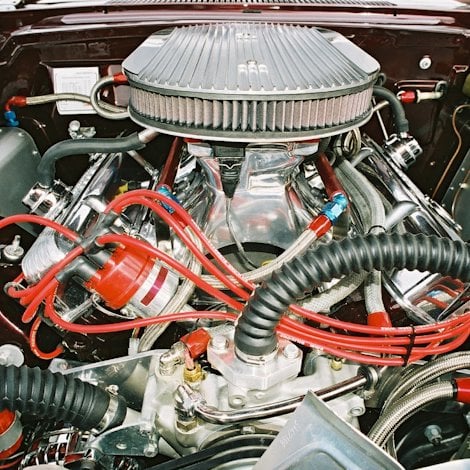Why aluminium hulls for pleasure boats speak to performance as well as preference
When it comes to building hulls for pleasure boats, there are several main drivers for using materials other than steel: desire for speed, cost, lifespan, environment, weight, and customer preference. I’m going to explain why welded aluminium hulls are becoming popular.
Let me begin by talking about the different materials we see in this market, starting with wood.
Wood is the oldest traditional construction material. It has its pros and cons, just like other building materials. It is a good sustainable material, and historically used in the building of sailboats or fishing boats among others. But it tends to be high maintenance. For boats constructed in wood nowadays, I would put wood in the category customer preference with one of designs.
The most-used material for leisure boats is fiberglass. Fiberglass also has its benefits, especially for serial production. But it’s not sustainable, it’s high cost on smaller volumes and it is hard to recycle.
Next up is steel. The bigger the ship, the more relevant it gets using steel. The biggest ships in the world are built with steel, which says something about the quality of this material. Steel also has its disadvantages, however, such as weight, maintenance and corrosion, which is a massive concern for steel hulls.
Advantages of aluminium hulls in pleasure craft
My area of expertise is within aluminum. It is lighter than steel – one-third of the density – and lighter ships give positive effects in both speed and fuel consumption. Yes, it may be more expensive in comparing the two metals, but that only is half of the story. You would need to look at a holistic view to understand that aluminium also can be a cost saver.
The metal price is higher, but due to some unique fabrication benefits with aluminium you can save a lot in manual labor at the yard. What is more costly, material or man-hours, well, that depends on the concept and design.
Of course, aluminium has its issues, too and it’s not ideal on all concepts and designs, but I believe that many designer and yards still haven’t discovered the opportunities that can be obtained by using aluminium.
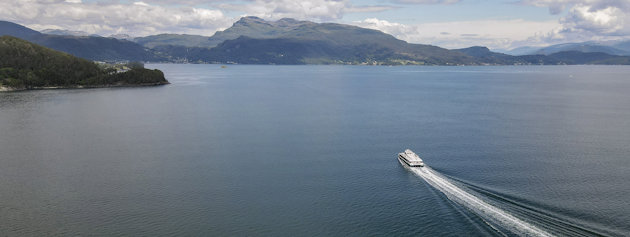
Welded aluminium hulls and friction stir welding
Welded aluminium hulls are becoming increasingly popular because the material has a number of advantages, besides its light weight. There used to be a great deal of prejudice against using aluminium in a marine environment, but today the tonnage of aluminium being produced specifically for the marine industry from smaller boats and fast ferries – up to larger vessels of 120 meters in length – is growing rapidly. This is in many ways linked to the advantages of using friction stir welding.
Here are several of the questions I get when talking about this topic, and my answers:
- What aluminium alloys are most used for hulls in pleasure craft?
The most-used alloy is 6082, followed by 6005A. In the United States, we see frequent use of the 6061 alloy. And although 5083 is typically a rolled product alloy, used for the production of plate, we produce extrusions and friction stir welded panels in this alloy as well. - Do you consider friction stir welding an appropriate method for joining aluminium for use in hulls?
Yes, friction stir welding (FSW) is absolutely a good method. The maximum thickness in our production is 16 mm (5/8 inch) for a single pass or single-sided weld. In a laboratory setting, we have welded extrusions which are more than 30 mm or (1¼ inch) thick. The thinnest we have welded are down to 2 mm, but this is really too thin for consistent production. - How are these welds tested or inspected?
All friction stir welds are 100% visually inspected. With panels, we manufacture them approximately 1000 mm longer than the finished size. We then cut 500 mm from the front and from the back of the panel to carry out destructive testing such as bend and pull tests. If a customer requires additional testing, such as RT, UT or dye penetrant, then this is also possible. - Can curved panels be produced?
Yes, curved panels can be produced but only in the longitudinal direction. The curvature can only come from the shape of the profile that makes up the panel. We then use fixtures in the FSW machine to hold or support the curved profiles, while the welding is performed flat.
Bottom line? As I mentioned, preference means plenty when it comes to choosing materials for the hull on your pleasure boat. But I would add that aluminium deserves a look with regard to performance, too.

